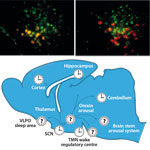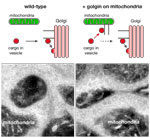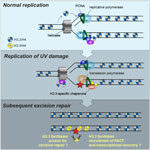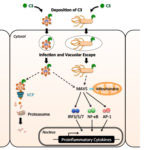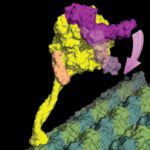
Dyneins are a family of motor proteins that move along microtubules powered by chemical energy from ATP. Andrew Carter and his group in the LMB’s Structural Studies Division have solved the structure of a dynein protein bound to a chemical that mimics the shape of ATP, and have shown for the first time how the dynein can ‘walk’ along the microtubule.
Dynein proteins carry various important cargos to different parts of the cell, and are crucial to correct cell function.

